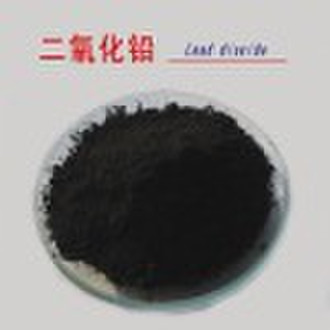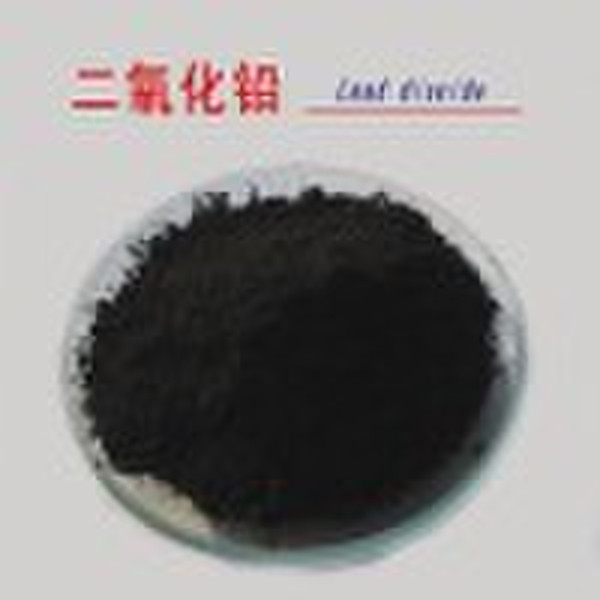Каталог
-
Каталог
- Автомобили и мотоциклы
- Безопасность и защита
- Бизнес
- Бытовая техника
- Бытовая электроника
- Детали машин и услуги по их изготовлению
- Дом и Сад
- Здоровье и медицина
- Игрушки и хобби
- Изделия из металла
- Измерительные и анализирующие приборы и инструменты
- Инструмент
- Красота и личная гигиена
- Мебель
- Мероприятия по охране окружающей среды
- Минералы и металлургия
- Модные аксессуары
- Обувь и аксессуары
- Одежда
- Освещение
- Подарки, сувениры
- Продовольственные товары и напитки
- Промышленное оборудование и техника
- Резина и пластмассы
- Сельское хозяйство
- Специальное оборудование
- Спорт, отдых и досуг
- Сток
- Строительство и недвижимость
- Текстиль и кожа
- Телекоммуникации
- Товары для офиса, учебы. Канцтовары
- Транспорт
- Упаковка и печать
- Химикаты
- Часы, Украшения, Очки
- Чемоданы, сумки
- Электронные компоненты, оборудование, принадлежности
- Электротехническое оборудование и принадлежности
- Энергия
Filters
Search
Диоксид свинца
ориг. цена: 8,70 USD
Шэньян, Китай

Eric Li
Контактное лицо
Основные данные
| CAS никакой. | 1309-60-0 |
|---|---|
| Другие названия | Plumbic oxide |
| МФ | PbO2 |
| Регистрационный номер EINECS | 215-174-5 |
| Место происхождения | Liaoning China (Mainland) |
| Класс | Reagent Grade |
| Степень чистоты | 97% |
| Внешний вид | black powder |
| Применение | analytical reagent |
| Бренд | XIN GUANG |
| Номер Модели | AR |
Lead Dioxide Specification: Requirement:Result:Assay, percent:≥97Clarity:pass testNitrate(HNO3), percent:≤0.1Chloride(Cl), percent:≤0.005Carbonate(CO3), percent:≤0.0003Nitrogen(N), percent:≤0.01H2S non-precipitation, percent:≤0.5Cupric(Cu), percent:≤0.001 Property: Lead dioxide is a strong oxidizing agent which is used in the manufacture of matches, pyrotechnics, dyes and other chemicals. It also has several important applications in electrochemistry, in particular as a component of lead acid batteries. Usage: 1.As a strong oxidizing agent, lead dioxide is widely used in the production of matches, pyrotechnics, dyes and other chemicals. Its another large-scale application is in the curing of sulfide polymers and in high-voltage lightning arresters. 2.Lead dioxide is used as anode material in electrochemistry. Beta-PbO2 is more attractive for this purpose than the alpha form because it has relatively low resistivity, good corrosion resistance even in low-pH medium, and a high overvoltage for the evolution of oxygen in sulfuric acid and nitric acid based electrolytes. Lead dioxide can also withstand chlorine evolution in hydrochloric acid. 3.Lead dioxide anodes are inexpensive and were once used instead of conventional platinum and graphite electrodes for regenerating potassium dichromate. They were also applied as oxygen anodes for electroplating copper and zinc in sulfate baths. In organic synthesis, lead dioxide anodes were applied for the production of glyoxylic acid from oxalic acid in a sulfuric acid electrolyte.] 4.The most important use of lead dioxide is as the cathode of lead acid batteries. Its utility arises from the anomalous metallic conductivity of PbO2. The lead acid battery stores and releases energy by shifting the equilibrium (a comproportionation) between metallic lead, lead dioxide, and lead(II) salts in sulfuric acid.
Условия поставки и упаковка
Packaging Detail: 25 kg per drum, wrapped in plastic and woven inside Delivery Detail: as arranged
Порт: Dalian,Tianjin,
Условия оплаты
Аккредитив
Электронный перевод
-
Способы оплаты
Для оплаты товаров и услуг на нашем портале, Вы всегда получаете счет, в котором Вам необходимо самостоятельно указать свои данные.
Мы принимаем к оплате:









